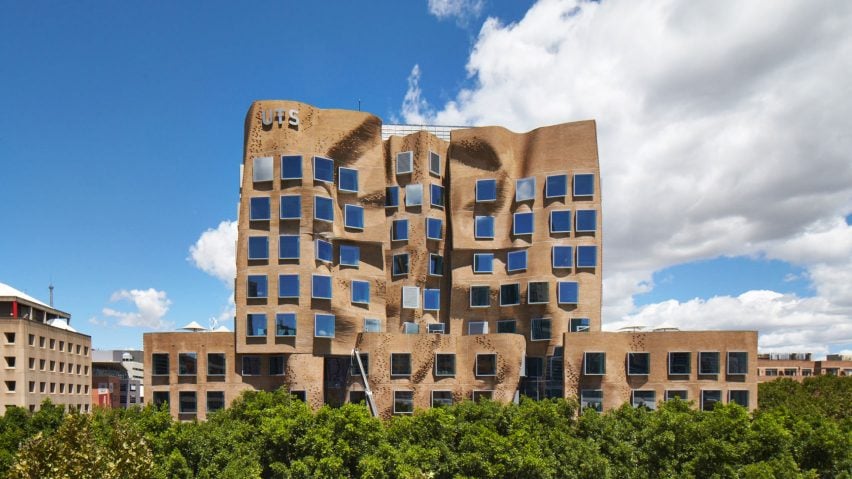
"Frank Gehry has an unending thirst for new work, new ideas, new forms"
As Frank Gehry celebrates his 90th birthday, Aaron Betsky looks back over the architect's seven-decade-long career of projects that include "sliding planes, open frames, slithering fish, dancing blocks, and curving compounds".
It was the day after Christmas. I had told Frank Gehry that my husband I were in town, and he suggested I stop by the office. "Will anybody be there?" I asked. "I will be," said the now 90-year old architect. So, we showed up in the anonymous warehouse in Marina del Rey where he works.
The space was filled with models and the usual mess of a design atelier, though only a handful of the almost two hundred people who work there.
But there Gehry was, sitting in the middle of the space on a rolling chair, discussing the ins and outs of one of his designs for the expansion of the Colburn School of Music in Downtown LA with its project architect, partner Craig Webb.
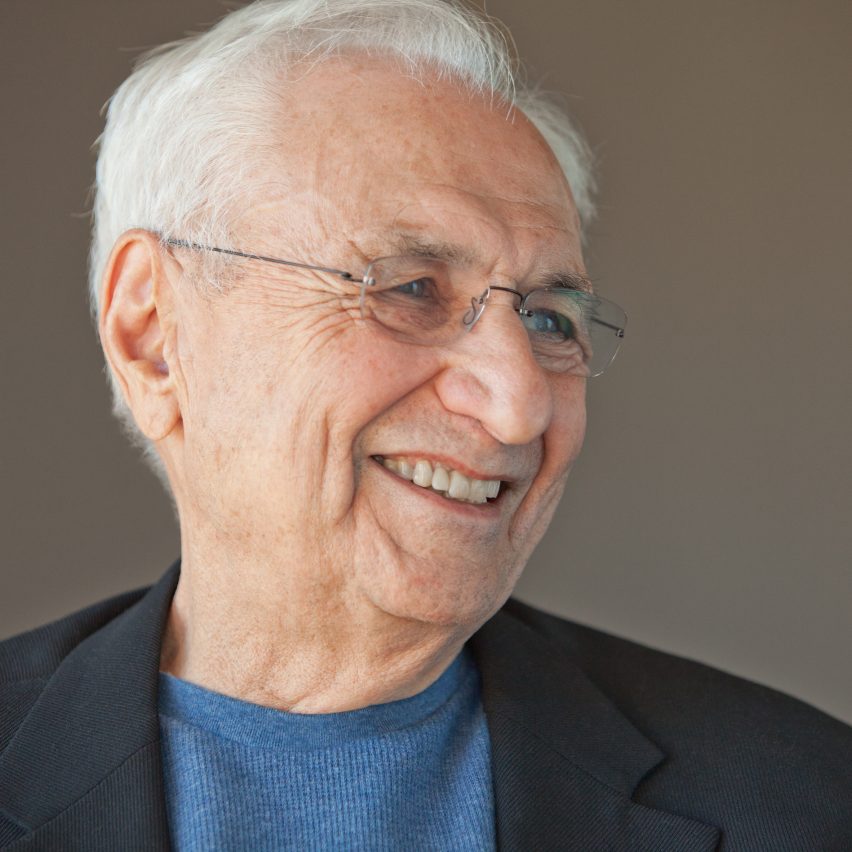
After he greeted me, the first thing he did was to complain that one of his competitors had pointed out his age when they were both vying for a commission; "so unfair and stupid, what does that have to with anything?"
And certainly, all that his nine decades have done is to give him more commission and a seemingly unending thirst for new work, new ideas, new forms, and, what is just as important, new collaborators. Gehry has enough status that he can pick and choose his clients, and he only wants to work with the best artists, conductors, or businesspeople out there.
The architect has come a long way. His first work developed out of the glass, wood, and stucco grids of what had become the Southern California vernacular after the second world war, with a little Frank Lloyd Wright elongation of the eaves and pinwheeling of the plan thrown in.
The architect has come a long way
As he gained more commissions, he started to make his forms bigger, more abstract, and slightly stranger, elongating them or turning them into the theater of cubical volumes of the 1968 Joseph Magnin Store in Costa Mesa or the 1964 Danzinger Studio in West Hollywood.
He ventured out of his native Los Angeles, building offices that brought a funky ramble to the East Coast and a theatre pavilion of raw metal.
The culmination of the work was the Santa Monica Place shopping centre (1980), where he brought in some of the materials and forms that were to mark his work of the 1980s: chain link fence to cover the parking garage and, through the centre's name woven into the mesh, announce it to the adjacent freeway, as well as rotated axes and open pavilions to house and mark the staircases and elevators.
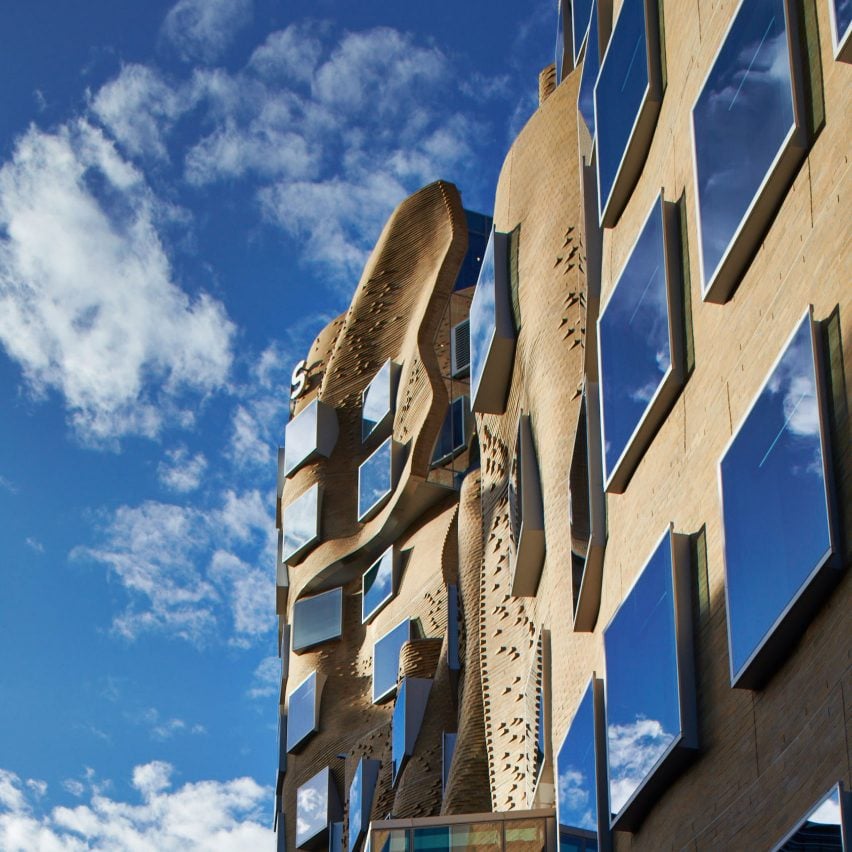
Gehry then scaled down, started hanging around with artists, and went into therapy. He also dug deep into that vernacular on which he had surfed, uncovering the studs that made up those forms, and leaving them like that.
He draped chain link over his structures and used metal siding and plywood to enclose spaces, merging residential and industrial forms into compositions that were the three-dimensional versions of the art he was admiring and buying.
The work, most notably his own house, of 1978, caught the eye of critics and power brokers such as Philip Johnson, but the real turning point of his career was the 1986 exhibition at the Walker Art Center in Minneapolis.
It not only showed off his models, drawings, and sketches, but also presented some of the forms that were the building blocks for his new work, including, most famously, a giant fish. This was work that questioned the very notion of architecture.
In the following decade, he developed the bent towards sculpture that had always been inherent in his design, producing collections of seemingly disparate volumes such as that of the Winton Guest House in a Minneapolis suburb.
Consisting of a plywood-covered rectangular box, an abstraction of a fish covered in stucco, and skewed vertical tower covered with lead-coated copper, it sat as a design for months, with Gehry coming by every now and then to move the pieces ever so slightly one way or the other, until he was satisfied and sent out the working drawings. It was the relationship of the pieces, as well as their expressive form, that mattered.
The work became baroque. Gehry began producing snaking, scaly, warped forms
Then the work became baroque. Instead of separate forms played off against each other, Gehry began producing snaking, scaly, warped forms that merged into each other in such structures as the Vitra Museum of 1989 and the 1993 Weisman Museum in St Paul.
It all culminated in the Bilbao Guggenheim, as well as in a Pritzker Prize and just about every other accolade you can imagine.
Walt Disney Concert Hall, the acoustically nigh-perfect space in Los Angeles, followed, as did a bestiary of fantastic curves and swerves. Gehry felt liberated by new technology that let him experiment with much greater freedom than he had been able to do before, and then let his office turn his scribbles, so full of energy, but often so enigmatic, into actual forms.
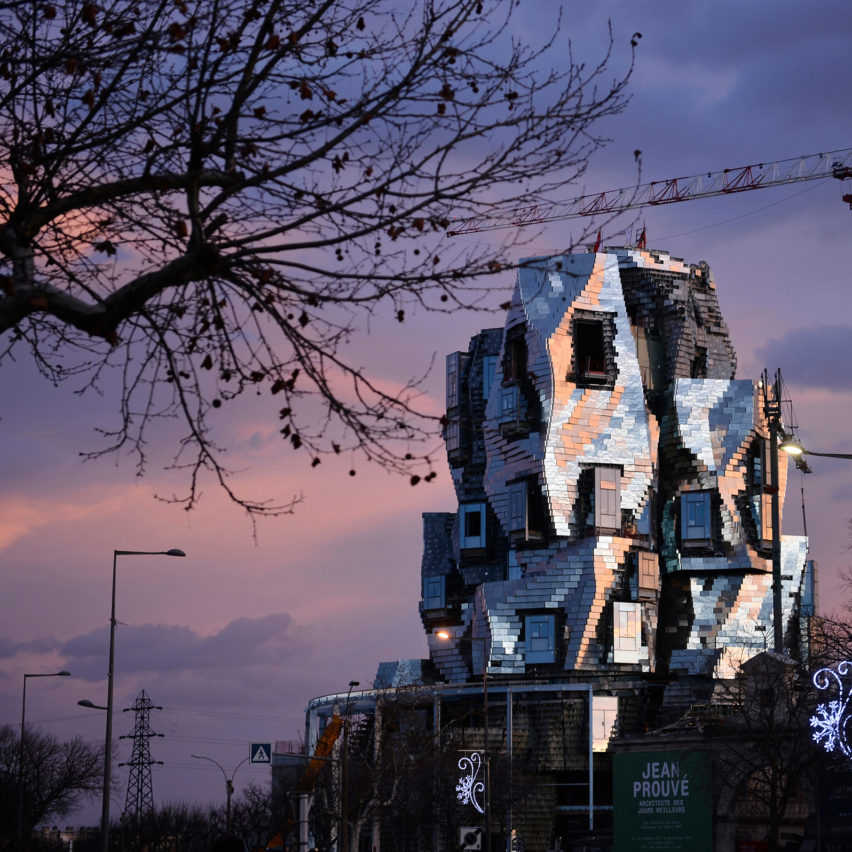
Yes, the roofs sometimes leaked and not all the experiments worked, but many also remained watertight and offered spaces of discovery and focal points for communities.
When he needed to be, as in the Potsdamer Platz in Berlin, where he in 1998 designed a bank headquarters, Gehry could be calm, though always with a twist. Sometimes he also revisited earlier strategies of making small villages of forms dancing around each other (the Ohr-O'Keefe Museum in Biloxi, Mississippi, of 2011) or sliding planes and blocks by each other (the renovation of the Norton Simon Museum in Pasadena).
Sometimes he also repeated himself: he now ran an office whose size at times soared above two hundred employees, and he had many hungry mouths to feed. But he kept experimenting.
Not all the experiments worked
Could you build a brick structure that was as curved as the Bilbao museum? The Dr Chau Chak Wing Building in Sydney (2015) showed you could. Could you stack metal-clad boxes around each other to make a twisted art tower for Arles? Yes, the soon to open Luma Foundation demonstrates that you can to great effect.
Gehry keeps going, and the Luma tower exhibits one way in which he is developing. The loose agglomeration of forms that mark some of his other recent designs are examples of him going off in another set of directions.
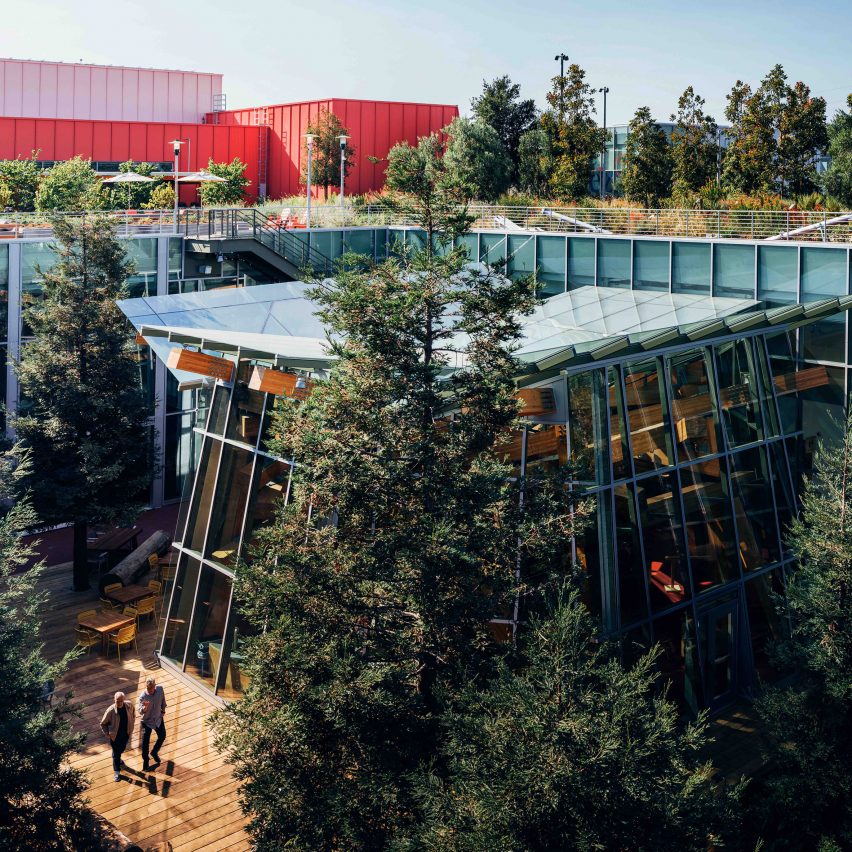
But, my favourite of his recent designs is the immense headquarters he designed for Facebook a few years ago and keeps adding onto.
According to Gehry office lore, Mark Zuckerberg, visiting various architects around the world to find someone to design his headquarters, walked into the warehouse, looked at the nodes of work stations defined by plywood partitions and simple blocks of service spaces underneath a raw, metal warehouse frame, and said: "Give me this, but two million square feet of it".
So Gehry and his office did, adding conference rooms, roof gardens and other amenities, as well as a humble facade that blends in a lot better with the California landscape than Apple's megalomaniac flying saucer, thus making sense of that expanse of raw workspace.
Gehry's inventiveness is only matched by Frank Lloyd Wright
That is Gehry's true achievement: to show that architecture can be simple and complex, raw and refined, open and yet humanly scaled, at the same time. If it is inhabitable sculpture, it is because the work is dedicated to the art of answering back to the human body and connecting it to a larger world and community.
The sliding planes, open frames, slithering fish, dancing blocks, and curving compounds Gehry has produced all aim to not only provide delight in themselves but to search for a way in which buildings can dance with us and we can perform on stage of Gehry's making.
After seven decades of work – a span matched not only in length but also in variety and inventiveness only by Frank Lloyd Wright – Gehry is still asking, as he did that afternoon that we sat with him in his warehouse: "Do you think I got it right here? Does it work?"